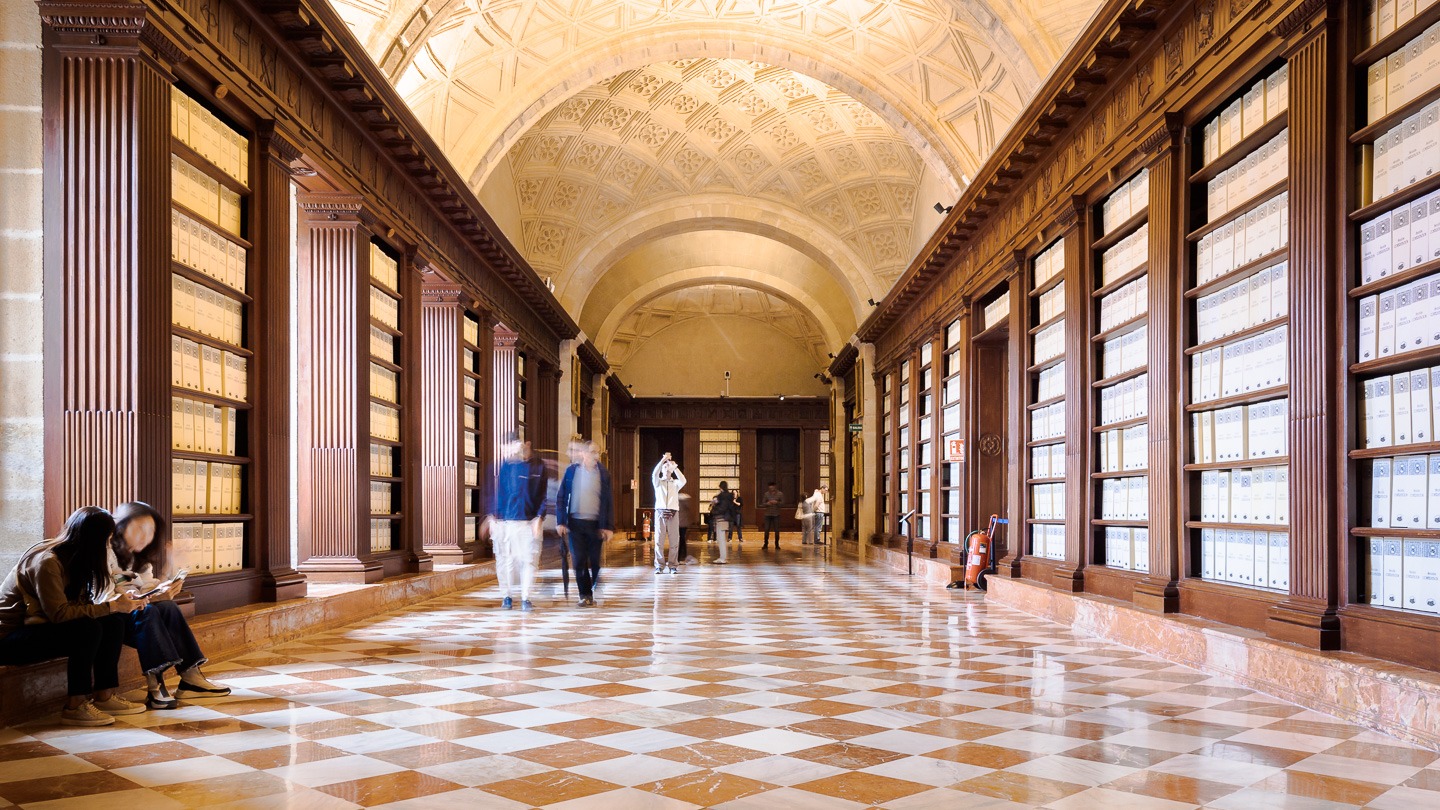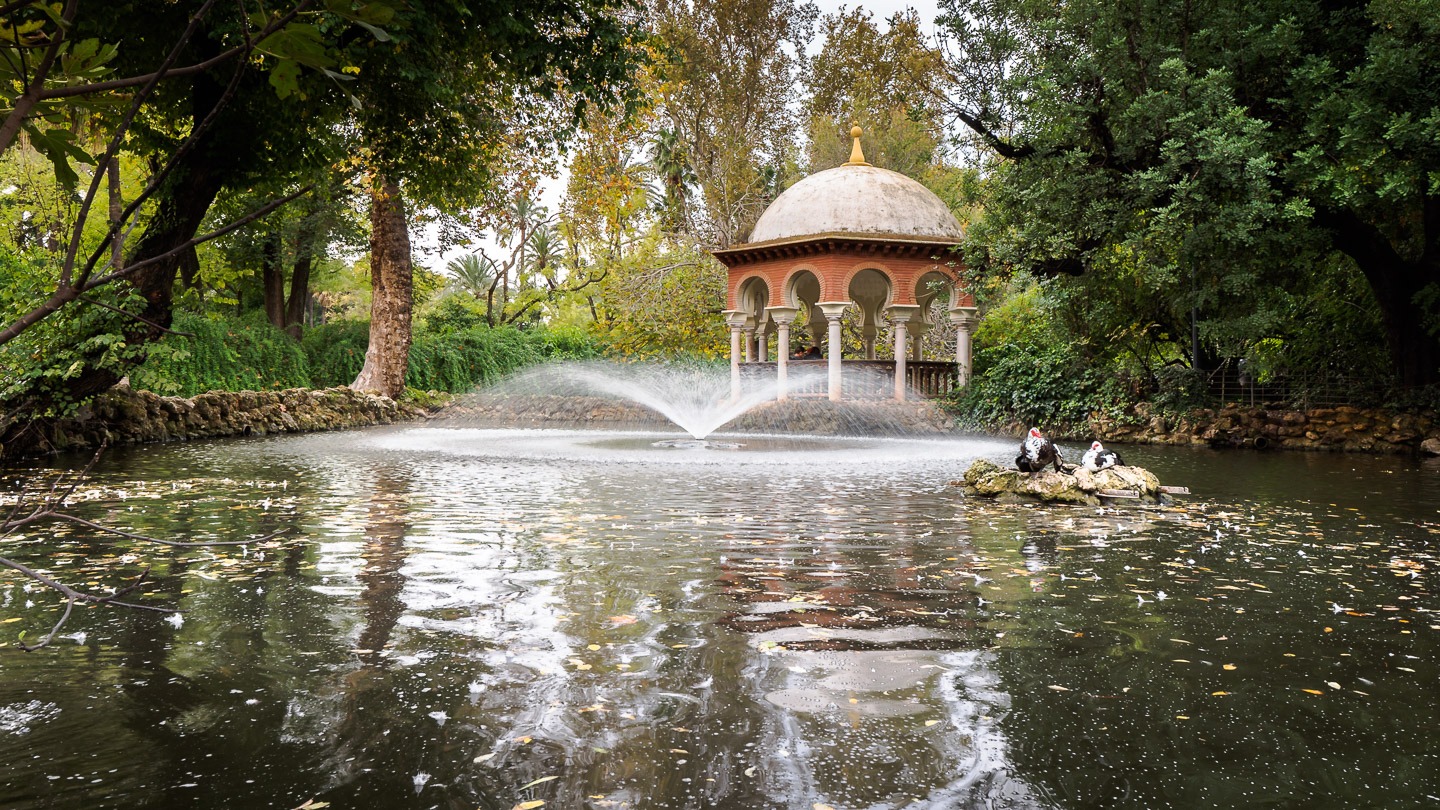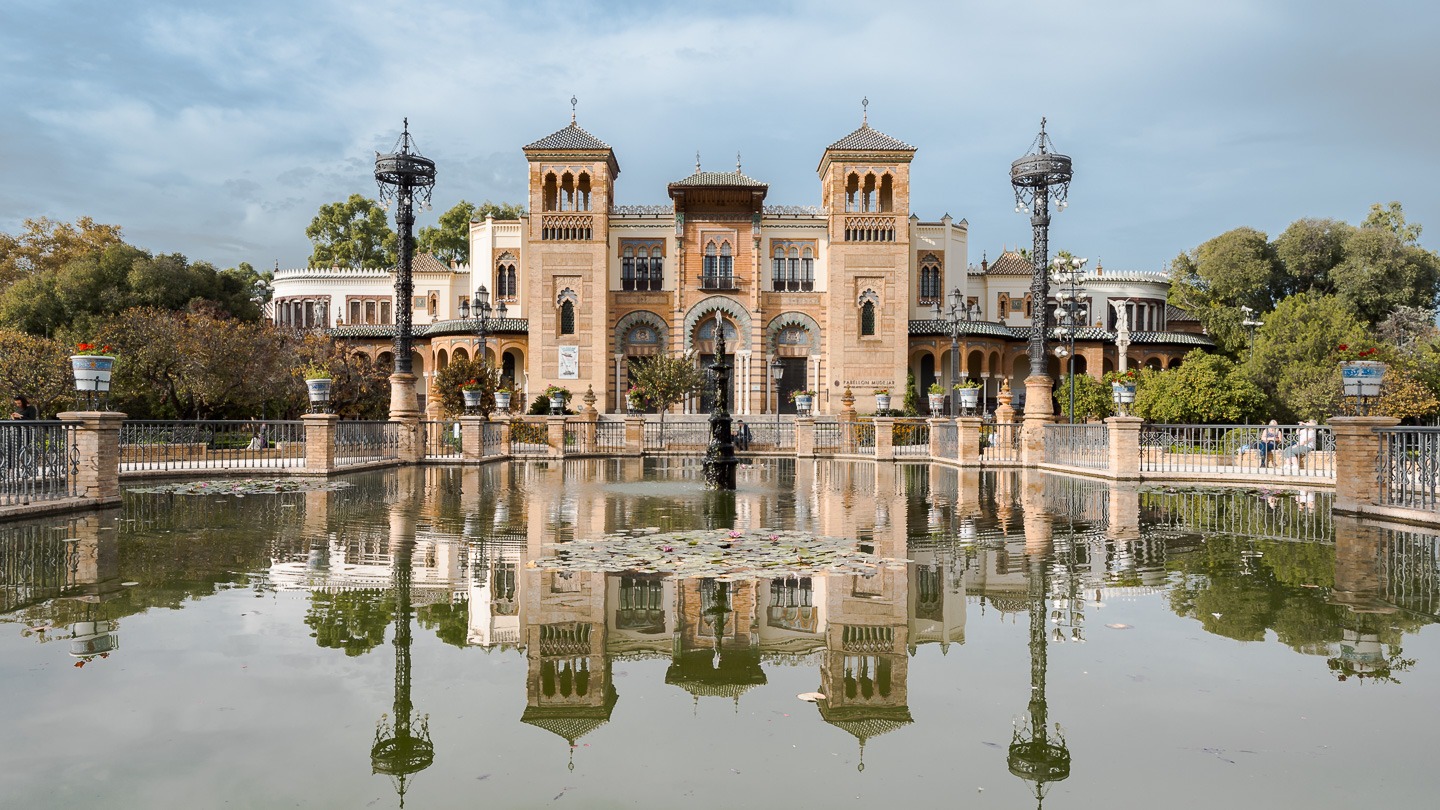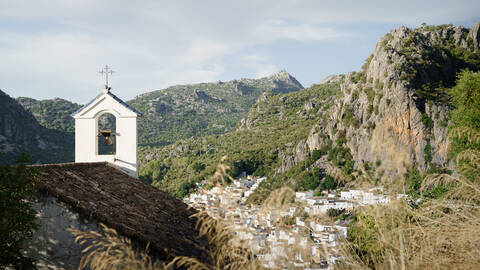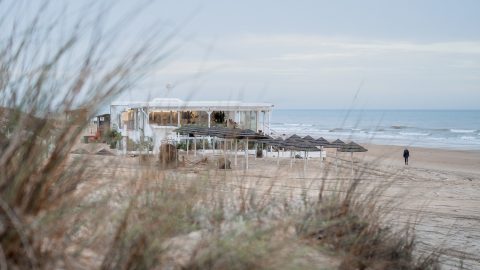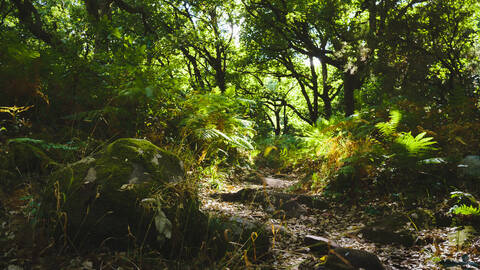Few places reflect the splendor of the Spanish Golden Age better than Sevilla. During the 16th and 17th centuries, the capital of Andalucía was the most important commercial center of the Spanish Empire.
The city’s historic center boasts many impressive sites. Sevilla’s most popular attractions are the Cathedral with the nearby La Giralda tower, the Real Alcázar and the Plaza de España are. The monumental Plaza was built as the centerpiece of the 1929 Ibero-American Exposition. It has also served as a filming location for Hollywood moives such as “Lawrence of Arabia” and “Star Wars: Episode II – Attack of the Clones”. Adjacent to the plaza is the large botanical garden of the Parque de María Luisa, which was created for the 1929 Exposition and is partly based on the grounds of the former Palacio de San Telmo garden.
Also part of the massive development for the Exposition were several pavilions, each representing an Ibero-American country. Their architecture popularized a mixture of Art Deco, Neo-Baroque, Neo-Renaissance, and Neo-Mudéjar styles. The latter is best represented by the Pabellón Mudéjar, now the Museum of Arts and Popular Customs. The Exposition of 1929 put Sevilla on the tourist map.
Sevilla’s prosperity is closely linked to the discovery of the New World. After Christopher Columbus’ voyage in 1492, the city was granted a monopoly on trade with the Americas. A 20% tax, the quinto real, was levied on all precious metals entering Spain. The influx of goods led to significant economic growth, making the city one of the wealthiest in Europe at the time.
